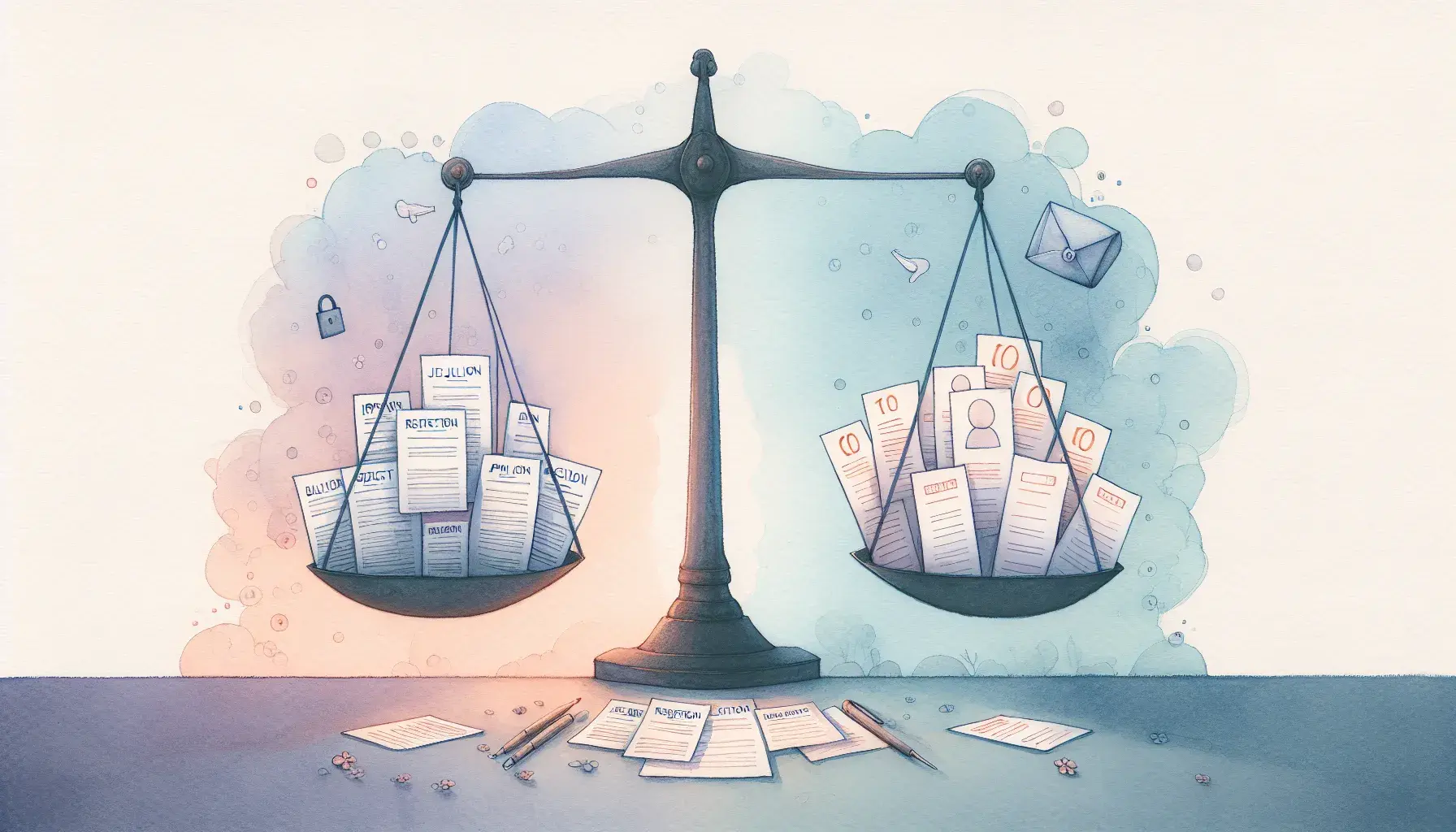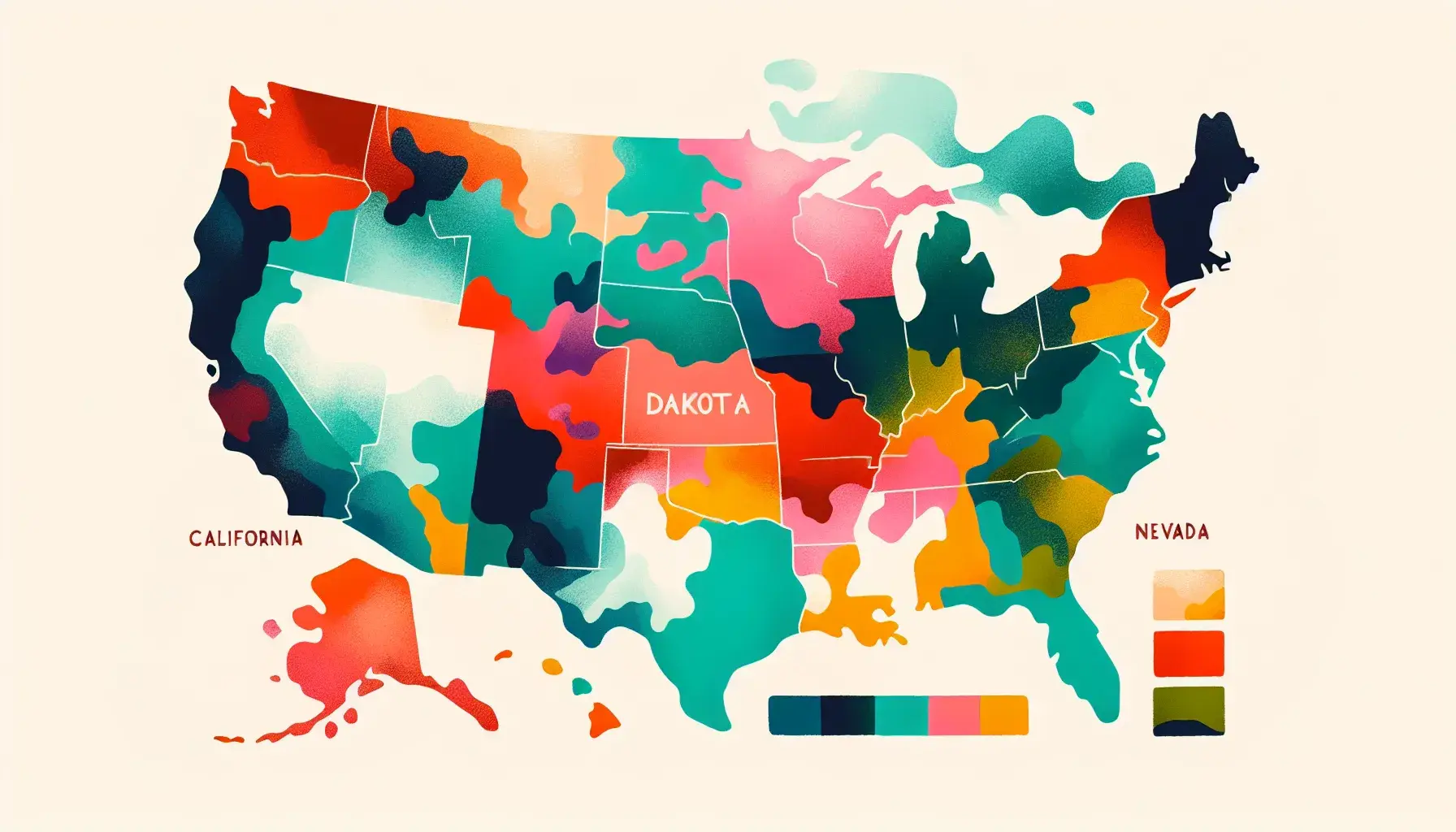Share
Previous story
← Big Business Sits Out Supreme Court Tariff Fight
Next story
Amazon Jumps After OpenAI’s $38B AWS Deal →
Fresh BLS data shows where job seekers hold the upper hand, revealing which states currently offer the most—and fewest—openings relative to the number of people looking for work. The national ratio in July 2025 was about one unemployed person per job opening, but state-by-state conditions differ sharply.

We used the Bureau of Labor Statistics’ state-level ratio of unemployed persons per job opening (seasonally adjusted) as of July 2025. A lower ratio means more openings per job seeker—generally a friendlier market. To present clean top-10 lists, ties at the same ratio were ordered alphabetically.
The tightest labor markets—where openings outnumber job seekers most—are: South Dakota (0.4), North Dakota (0.5), and, at 0.6, Montana, Oklahoma, Vermont, and Wyoming. Rounding out the top 10 at 0.7 are Maine, Alabama, Georgia, and Minnesota. South Dakota had about 2.5 openings per job seeker, underscoring how quickly employers there may need to hire.
Where the search is toughest—i.e., more job seekers per opening—are: California (1.4); Nevada and Oregon (1.3); Colorado, Ohio, and Washington (1.2); and, at 1.1, Florida, Illinois, Massachusetts, and Michigan. California had 1.4 unemployed people for every opening, indicating notably stiffer competition for available roles.
These ratios capture the immediate balance between labor supply and demand. They complement (but aren’t the same as) unemployment rates, which track the share of people without work. For context, South Dakota posted the lowest average state unemployment rate in 2024 (1.8%), while Nevada had the highest (5.6%). That backdrop helps explain why several Plains and Mountain West states continue to look favorable for job seekers, while parts of the West Coast remain challenging.
For candidates, the numbers suggest different strategies. In low-ratio states, employers may move faster and offer more flexibility; in higher-ratio states, applicants may need to widen their search, tailor applications more precisely, or consider sectors with persistent demand. Ratios can shift quickly with hiring plans and economic conditions, so job seekers should watch the monthly updates as they plan their next move.
These Related Stories



No Comments Yet
Let us know what you think